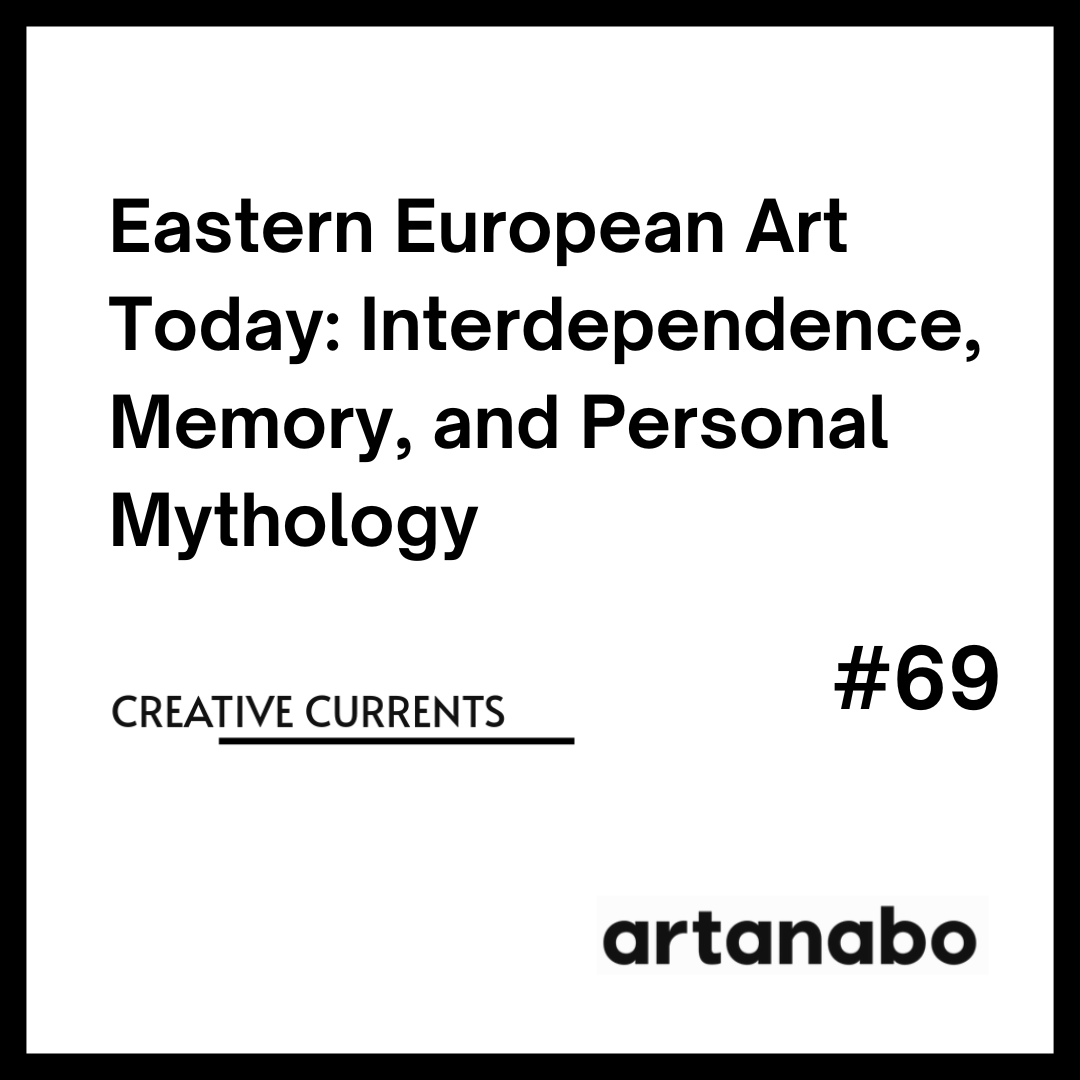Eastern European contemporary art has been steadily reclaiming its space in the global art world—not by mimicking Western trends but by engaging in a bold, complex dialogue with history, identity, and local experience. This is visible both in national movements, like Romania’s post-1989 artistic resurgence, and in individual voices like Allison Katz, whose current exhibition “Codependence” is on view at dépendance in Brussels.
In post-communist Romania, artists were suddenly free, but also unsupported. They began crafting new modes of expression rooted in performance, conceptualism, memory, and the everyday. What emerged was not a plea for attention—but a new, assertive artistic presence shaped by the country’s unique social history.
Allison Katz offers a distinct yet thematically resonant take. Her exhibition “Codependence” is about relationships—between artist and space, painting and viewer, personal history and shared cultural references. Her visual language is one of ambiguity and irony, leaving space for interpretation and emotional response.
Together, the Romanian art scene and Katz’s conceptual painting highlight a crucial point: contemporary art from Central and Eastern Europe is not on the fringes—it is a vital arena where new definitions of image, selfhood, and dependence are constantly being redefined.


